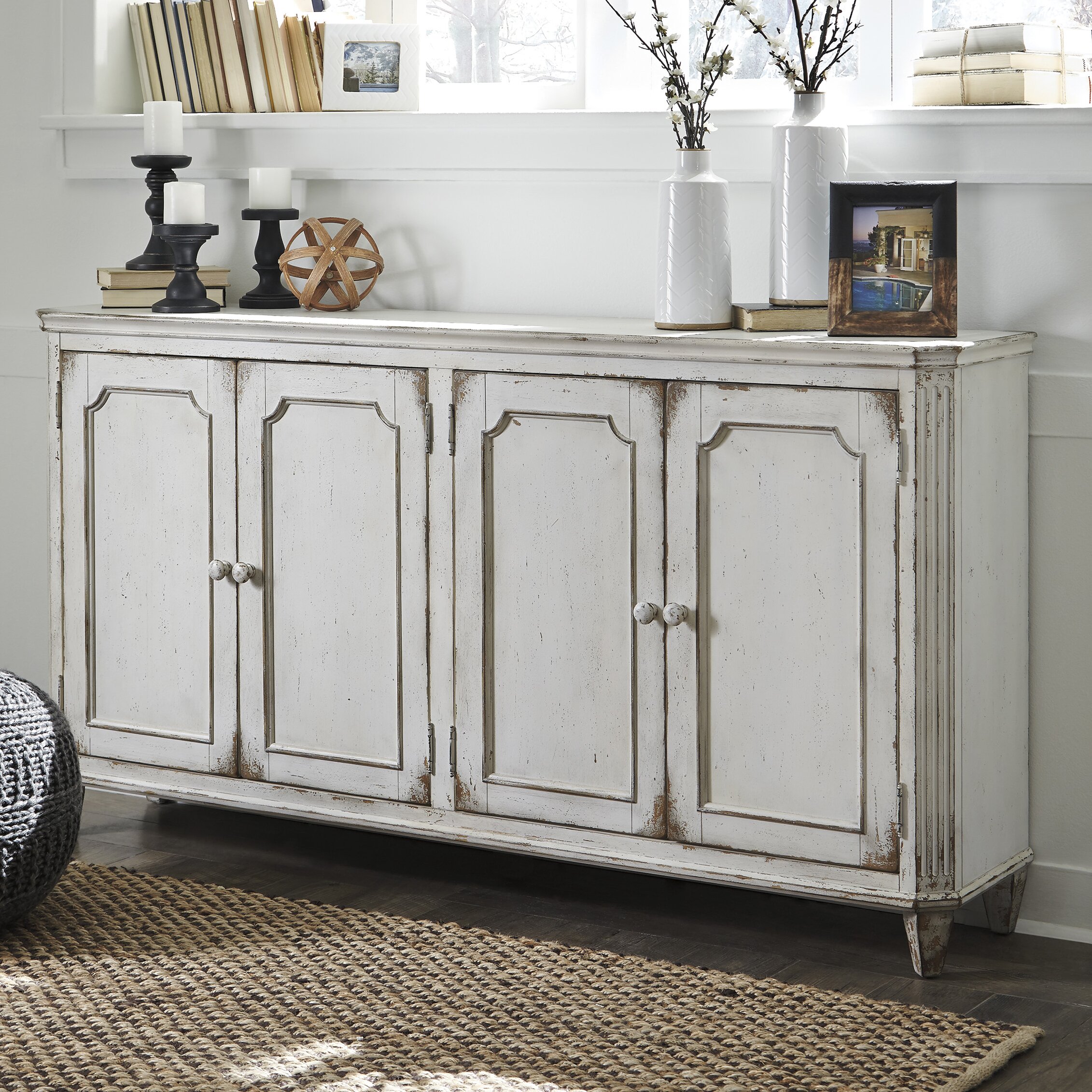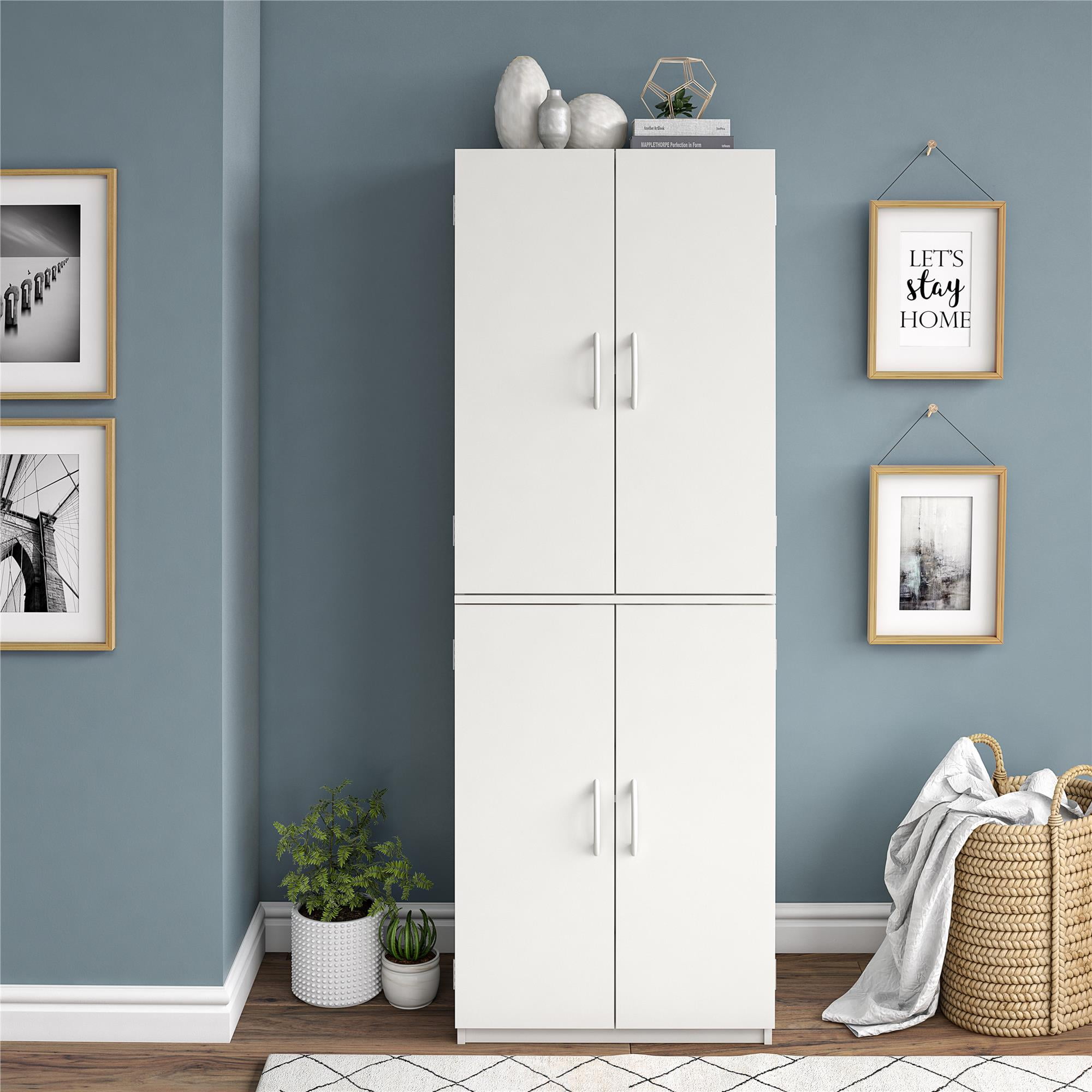Dimensions and Styles of 4-Door Kitchen Cabinets: 4 Door Kitchen Cabinet

Four-door kitchen cabinets offer ample storage and a versatile design element, adaptable to various kitchen styles and sizes. Understanding their dimensions and available styles is crucial for effective kitchen planning and design. This section details the typical dimensions, aesthetic variations, and material choices for these cabinets.
Typical Dimensions of 4-Door Kitchen Cabinets
Standard 4-door kitchen cabinets typically range in height from 30 to 36 inches, a width of 36 to 96 inches (depending heavily on the number of doors and the individual cabinet’s purpose, such as base cabinets versus wall cabinets), and a depth of 12 to 24 inches. Base cabinets, designed for countertop placement, generally have a greater depth than wall cabinets, which are mounted higher on the wall. Variations in these dimensions occur depending on the specific manufacturer and the chosen style. For example, a custom-built cabinet might deviate significantly from these standard measurements to perfectly fit a particular space or design requirement. Furthermore, corner cabinets or those designed for specific appliances may also have atypical dimensions.
Design Aesthetics of Different 4-Door Cabinet Styles
The aesthetic appeal of 4-door kitchen cabinets is significantly influenced by the door style. Three prominent styles are Shaker, slab, and raised panel. Shaker style cabinets are characterized by their simple, flat-panel doors with a recessed center panel, creating a clean and minimalist look. Imagine a cabinet with four such doors, each showcasing the subtle frame and recessed panel, lending an air of understated elegance to the kitchen. Slab-door cabinets, in contrast, feature entirely flat doors without any raised or recessed details, offering a modern and sleek appearance. Visualize four seamless, flat doors, creating a smooth, uncluttered facade. Finally, raised-panel cabinets feature doors with raised center panels, often adorned with decorative moldings, providing a more traditional and ornate look. Picture four doors, each with a subtly raised center panel, possibly with decorative edges, adding a touch of classic charm to the kitchen space.
Materials Used in Constructing 4-Door Kitchen Cabinets
The choice of materials significantly impacts the durability, aesthetics, and cost of 4-door kitchen cabinets. Several materials are commonly used, each with its own set of advantages and disadvantages.
| Material | Style Compatibility | Pros | Cons |
|---|---|---|---|
| Solid Wood (e.g., Oak, Maple, Cherry) | Shaker, Raised Panel, Slab | Durable, beautiful grain, can be refinished | Expensive, susceptible to moisture damage |
| Medium-Density Fiberboard (MDF) | Slab, Shaker, Raised Panel (with veneer) | Cost-effective, smooth surface, readily accepts paint | Not as durable as solid wood, susceptible to water damage if not properly sealed |
| Laminate | All styles | Affordable, durable, easy to clean, wide variety of colors and finishes | Can be less aesthetically pleasing than wood, can chip or scratch |
| Thermofoil | All styles | Durable, moisture-resistant, easy to clean | Can look less natural than wood, can be prone to scratches |
Functionality and Interior Organization of 4-Door Kitchen Cabinets

The strategic design of a four-door kitchen cabinet’s interior is paramount to maximizing its storage capacity and ensuring efficient use of space. A well-organized interior transforms a potentially chaotic storage area into a smoothly functioning element of the kitchen, enhancing both workflow and aesthetic appeal. Careful consideration of shelving, drawer configurations, and internal accessories is crucial in achieving this.
4 door kitchen cabinet – Optimizing the interior space of a four-door kitchen cabinet involves a thoughtful approach to shelving and drawer placement. The arrangement should consider the size and type of items to be stored, aiming for a balance between accessibility and efficient use of vertical space. Deep shelves, for instance, might be ideal for storing larger items like pots and pans, while shallower shelves are better suited for plates and bowls. Similarly, drawers can be incorporated for utensils, cutlery, and other smaller items that benefit from easy access and organization.
Shelving and Drawer Configurations
The versatility of shelving and drawer configurations allows for tailored solutions to meet diverse storage needs. A common approach is to utilize a combination of adjustable shelves and drawers. Adjustable shelves provide flexibility to accommodate items of varying heights, while drawers offer convenient access to frequently used items. For example, the top shelf could be shallower for everyday dishes, while the bottom shelf could be deeper for larger cookware. Drawers can be placed at a convenient height for easy access to frequently used utensils and cutlery. Another possibility is a design with full-extension drawers, offering complete visibility and access to all contents.
Advantages and Disadvantages of Internal Accessories
Internal accessories significantly enhance the functionality and organization of four-door kitchen cabinets. However, each accessory presents its own set of advantages and disadvantages that must be considered.
Dividers:
- Advantages: Prevent items from shifting and cluttering; keep contents neatly separated; maximize space utilization by creating dedicated compartments.
- Disadvantages: Can reduce overall storage space if not carefully planned; might not be suitable for all types of items; can be difficult to clean.
Pull-out Shelves:
- Advantages: Provide easy access to items stored at the back of the cabinet; enhance visibility of contents; prevent items from being lost or forgotten.
- Disadvantages: Can be more expensive than fixed shelves; may require more precise measurements during installation; might not be suitable for all cabinet sizes.
Spice Racks:
- Advantages: Organize spices efficiently; improve visibility and accessibility; save counter space.
- Disadvantages: Can take up significant space within the cabinet if not properly sized; might not be suitable for all types of spice containers; cleaning can be slightly more challenging.
Four-Door Kitchen Cabinet Layout for a Small Kitchen
Consider a small kitchen with limited counter space. A four-door cabinet can be designed to maximize storage by using a combination of adjustable shelves and deep drawers. The top shelves can be shallower for everyday dishes and lighter items, while the bottom shelves can accommodate heavier items like pots and pans. Drawers can be integrated at a convenient height for cutlery, utensils, and frequently used items. The doors themselves could be designed with a sleek, minimalist style to avoid overwhelming the small space. This design prioritizes vertical space utilization and maximizes accessibility.
Installation and Maintenance of 4-Door Kitchen Cabinets
Installing and maintaining 4-door kitchen cabinets requires careful planning and execution. Proper installation ensures stability and functionality, while diligent maintenance prolongs the life and beauty of these essential kitchen components. This section details the process, offering practical advice for both installation and upkeep.
Cabinet Installation: A Step-by-Step Guide
Before commencing installation, gather necessary tools: a stud finder, level, measuring tape, pencil, drill with appropriate drill bits, screwdriver (both Phillips and flathead), safety glasses, work gloves, shims, screws, and possibly a helper. Safety is paramount; always wear safety glasses and gloves. Ensure the area is well-lit and free from obstructions.
The first step involves careful measurement and marking of the wall where the cabinets will be installed. Using a stud finder, locate wall studs for secure mounting. Mark the locations of the studs on the wall with a pencil. Next, pre-assemble the cabinet components according to the manufacturer’s instructions. This typically involves attaching the doors and drawer fronts. Once assembled, carefully lift the cabinet into position, ensuring it is level using a level and shims to adjust for any unevenness in the wall. Secure the cabinet to the wall studs using screws. Repeat this process for each cabinet. Finally, adjust the doors and drawers to ensure smooth operation.
Cabinet Maintenance and Cleaning Techniques, 4 door kitchen cabinet
Regular maintenance is crucial for preserving the appearance and functionality of your 4-door kitchen cabinets. Consistent cleaning and attention to detail will significantly extend their lifespan.
- Clean spills immediately to prevent staining and damage.
- Use a soft, damp cloth to wipe down cabinet surfaces regularly. Avoid abrasive cleaners or scouring pads which can scratch the finish.
- For stubborn stains, try a mild dish soap solution. Always test any cleaning solution on an inconspicuous area first.
- Apply a protective layer of wax or polish periodically to enhance the shine and protect the finish from moisture and scratches. This is especially helpful for wood cabinets.
- Inspect hinges and drawer slides regularly, lubricating them with a silicone-based lubricant as needed to ensure smooth operation.
- Avoid overloading cabinets to prevent damage to the structure and hinges.
Troubleshooting Common Installation and Usage Problems
Incorrect measurements leading to ill-fitting cabinets: Always double-check measurements before drilling any holes or cutting any materials. Re-measuring and adjusting the cabinet placement accordingly are necessary if errors occur.
Cabinet doors not aligning properly: Adjust the hinges and screws on the doors to correct misalignment. Minor adjustments often resolve this issue. If problems persist, consult the manufacturer’s instructions or a professional.
Drawer slides malfunctioning: Clean and lubricate the drawer slides with a silicone-based lubricant to restore smooth operation. Replace faulty slides if necessary.
Cabinet sagging or instability: Ensure the cabinets are properly secured to the wall studs. If sagging persists, reinforcing the mounting or using additional supports may be required.
